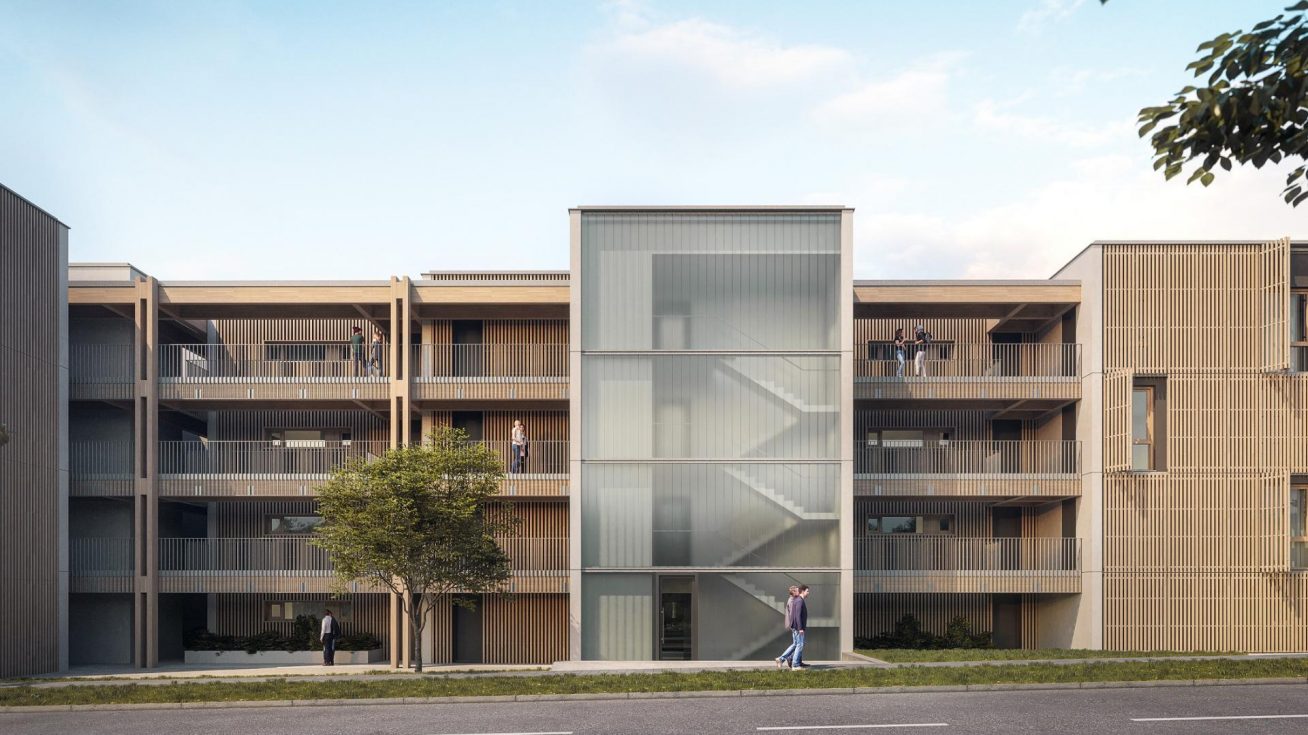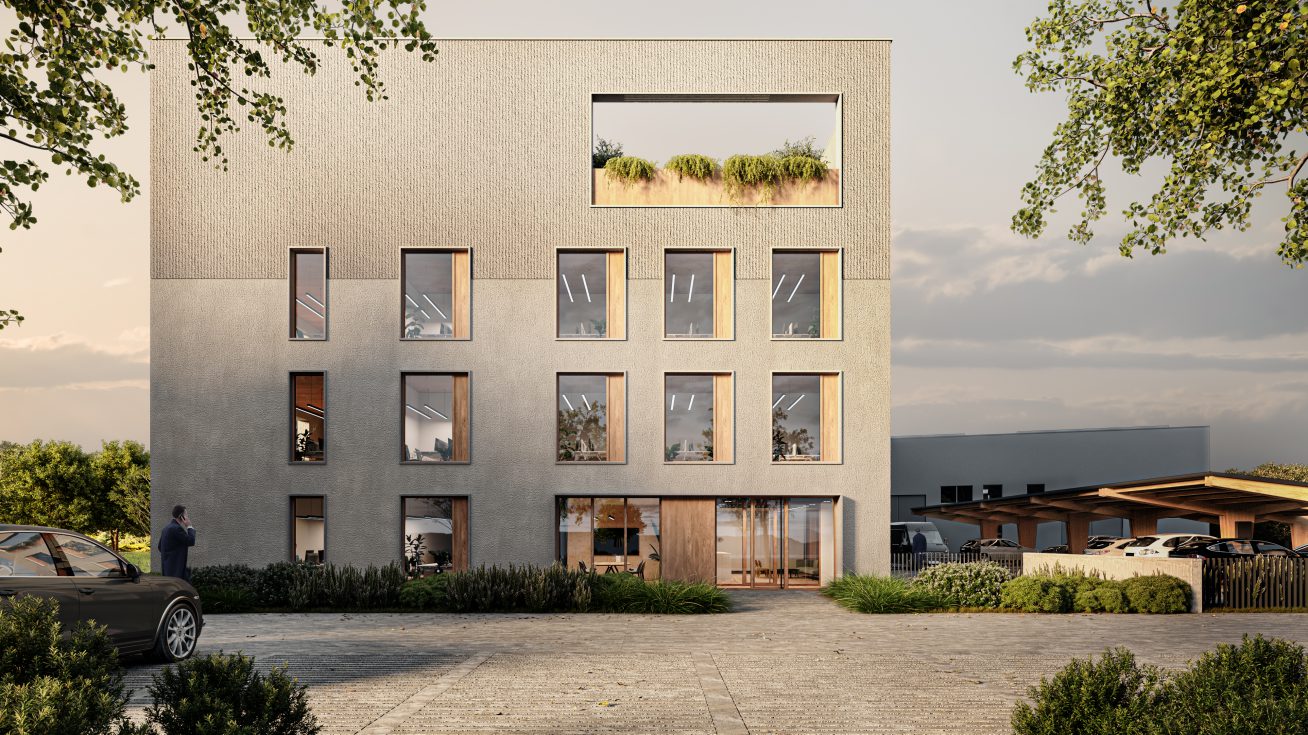
New raw materials policy: more wood, less concrete
As we informed you in our previous article,the raw materials policy documentthat the Ministry of Agriculture has been working on is now available. Up to a quarter of new buildings built in 2035 could be wood buildings. In the future, the state wants to encourage greater use of wood in public procurement, but also to ensure that Czech wood is not exported abroad but processed at home. This will help to increase the added value of the whole sector, thereby strengthening the domestic economy, but also reducing the carbon footprint. The Raw Materials Policy for Wood, prepared by the Ministry of Agriculture (MAE) and the Ministry of Industry and Trade (MIT) in cooperation with the Ministry of the Environment (MoE), envisages this.
“The Raw Materials Policy for Timber is a crucial document that has been missing for a long time. We are clearly saying that timber is a strategic commodity for the state. It is sustainable and we want to promote its use more. We know that in the long term the Czech Republic will have a similar amount of wood as before, but its use must change. We want wood to be processed more domestically to give it more added value and to use it much more in the construction industry, for example, where we can store significant amounts of carbon in the long term. In short, more wood and less concrete,” said Agriculture Minister Marek Výborný (KDU-ČSL).
A detailed analysis of the forestry and timber sector is part of the new Raw Materials Policy for Timber, which will be discussed by the Government in the near future. It shows that future sustainable timber harvests will be around 14 to 15 millionm3 of timber per year, only slightly lower than in the period before the bark beetle calamity. At the same time, the annual growth rate is around 20 millionm3 of timber and it is therefore possible to manage forests sustainably in the long term. The share of available timber from broadleaved trees will also increase at the expense of coniferous trees.
“Wood should be seen as an equal alternative to other building materials. Buildings based on wood or a combination of wood and other materials have great potential for energy savings and carbon dioxide reduction. In addition, wooden structures have good thermal insulation, spatial flexibility, easy reconfigurability and, last but not least, aesthetic cosiness. The Ministry of Industry and Trade is working to simplify the permitting process for wooden buildings, with a focus on multi-storey buildings. By creating normative conditions for fire safety for greater use of wood in construction and by introducing international ISO standards into the system of Czech technical standards, technical barriers to the construction of multi-storey wooden buildings in the Czech Republic have been simplified and we can gradually expect a boom in this segment of residential and commercial construction,” said Eduard Muřický, Chief Director of the MIT Economic Section.
According to the new Raw Materials Policy, the Ministry of Agriculture should periodically assess the development of timber availability in the future, based on data from the National Forest Inventory. This should serve as a basis for further strategic and investment decisions of the state and private companies. Programmes will also be developed to reduce the risk of forest fires, calamities and wildlife damage.
According to the raw materials policy, the MIT will continue to improve the normative conditions for fire safety for greater use of wood in construction.
The Ministry of Agriculture in cooperation with the Ministry of Industry and Trade will soon submit the raw material policy for timber to the government. After its approval, the individual ministries will begin to carry out their tasks under it. The implementation of the raw materials policy will be evaluated every six months by the Permanent Working Group at the Government Council for Energy and Raw Materials Strategy of the Czech Republic, consisting of representatives of key ministries (MoF, MIT and MoE), forest owners and forestry sector organisations.
Since today, a web page on the Raw Materials Policy for Timber on the Ministry of Agriculture’s website is also available. All basic information and interim reports on implementation will be available here.





